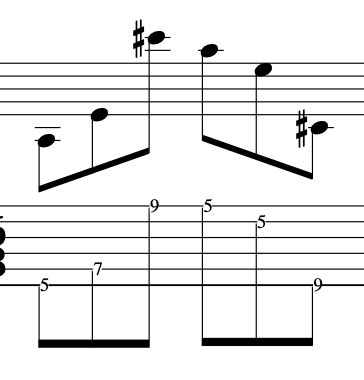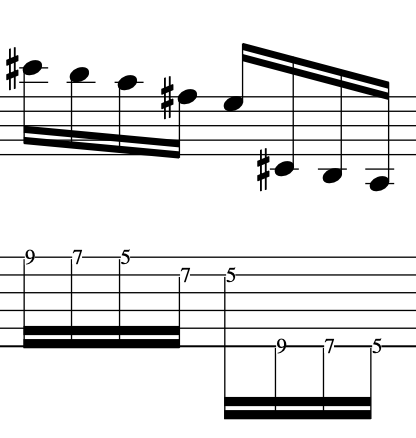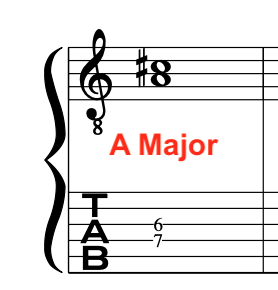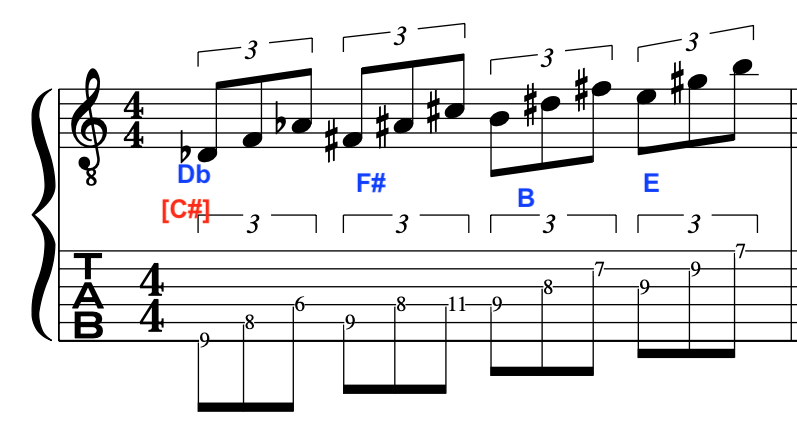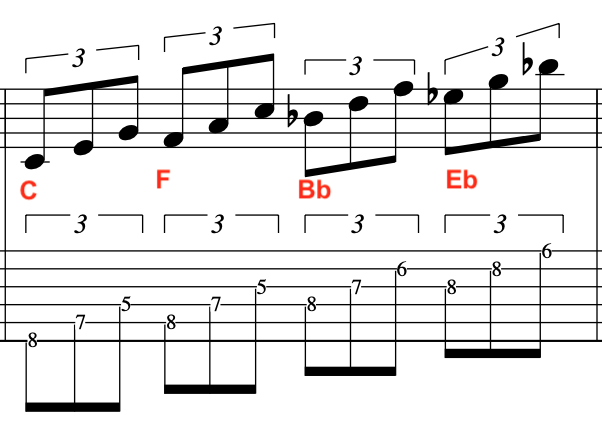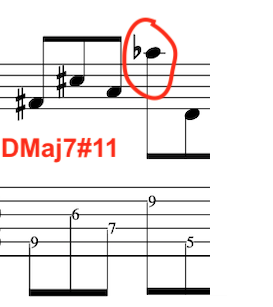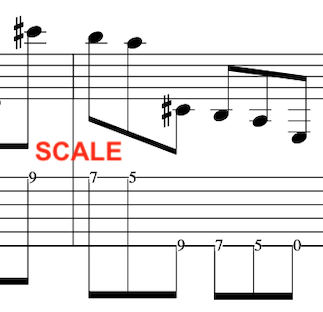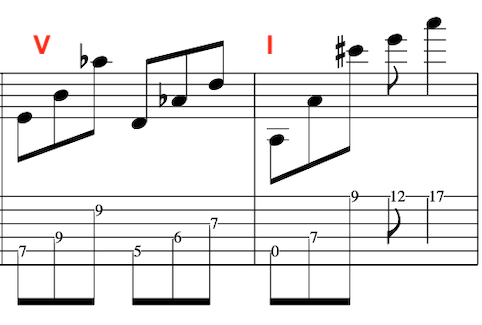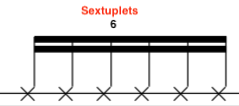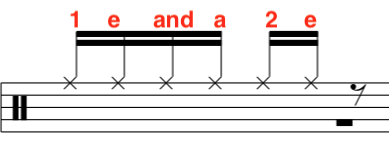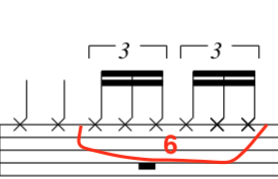
Please watch video above for detailed info:
Hi Guys,
Today, a quick look at contrapuntal 2 part guitar strumming. This involves employing contrary motion technique where 2 parts move in different directions
This is not traditional Bach counterpoint but using and exploiting what works naturally on the guitar’s traditional tuning EADGBE.
In the first exercise we will just pluck some simple 2 part voicing’s leading to a plagal cadence.

In the next exercise we will brings out the inner voicing’s whilst strumming rhythms on all the guitar strings.
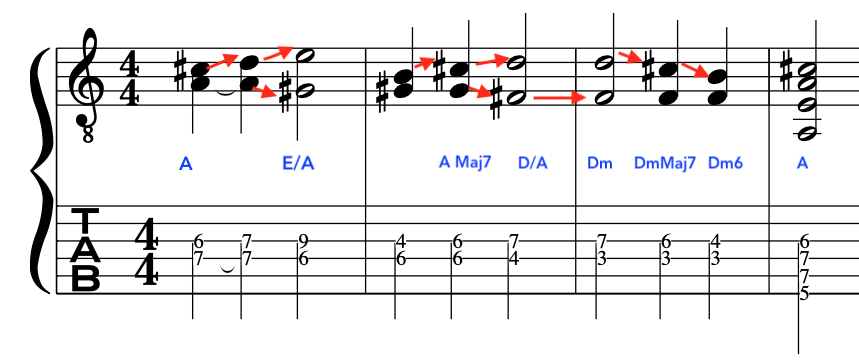
Now, we will move up to the next three strings and strum some more patterns.
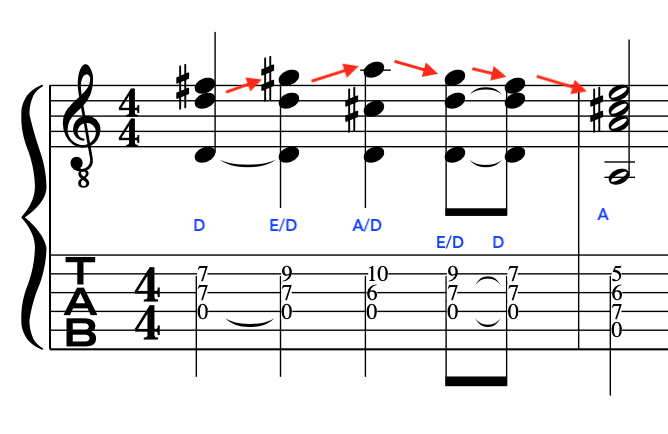
In the following exercise you will see how easy it is to create contrary motion through the different registers with the plectrum as [simple dyads or] 2 note voicing’s.
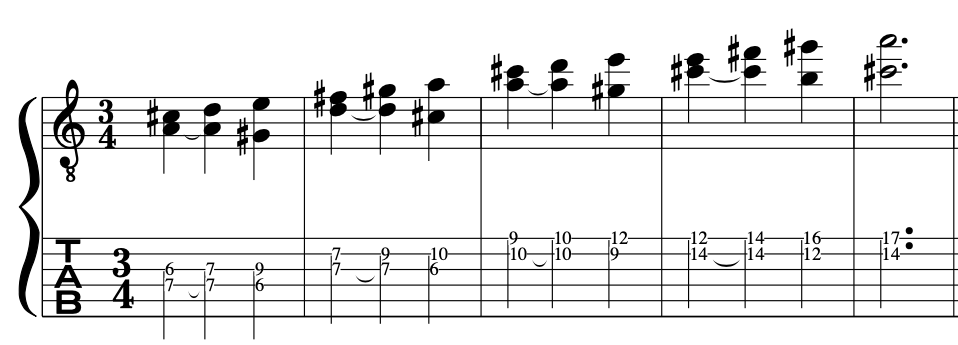
Now, we will move up to the first and second strings,

Here is a chordal variation with an added pedal note:

The next example is in G major and produces a really lovely sound that resonates on the first two strings.
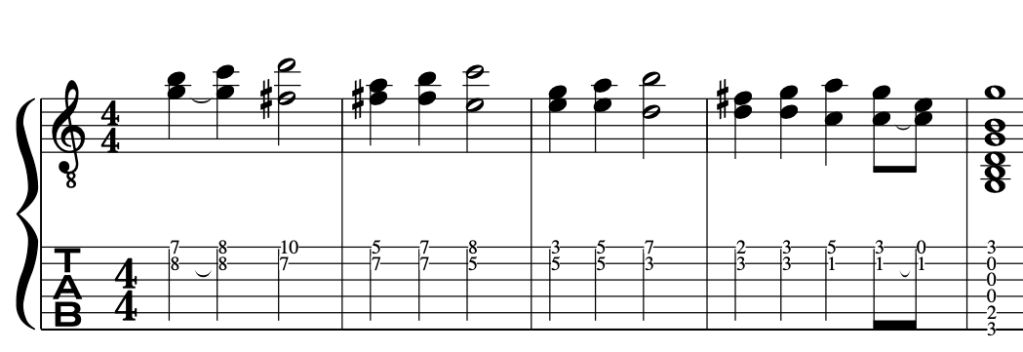
Let’s now add a G pedal: Notice the ascending [but falling] scale motifs:

Finally, we can employ another useful technique by using a pedal note with a chord. This is not contrapuntal, but it is useful for creating a clear sense of harmony with rhythmic drive.
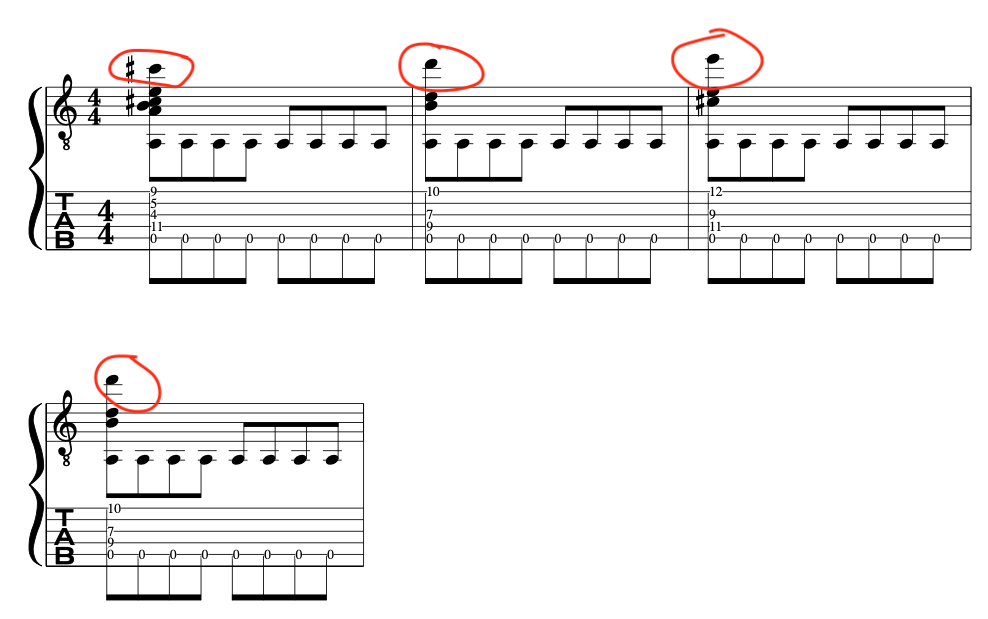
Here we will add a little a “Down Down Up” plucked triplet motif to break it up.
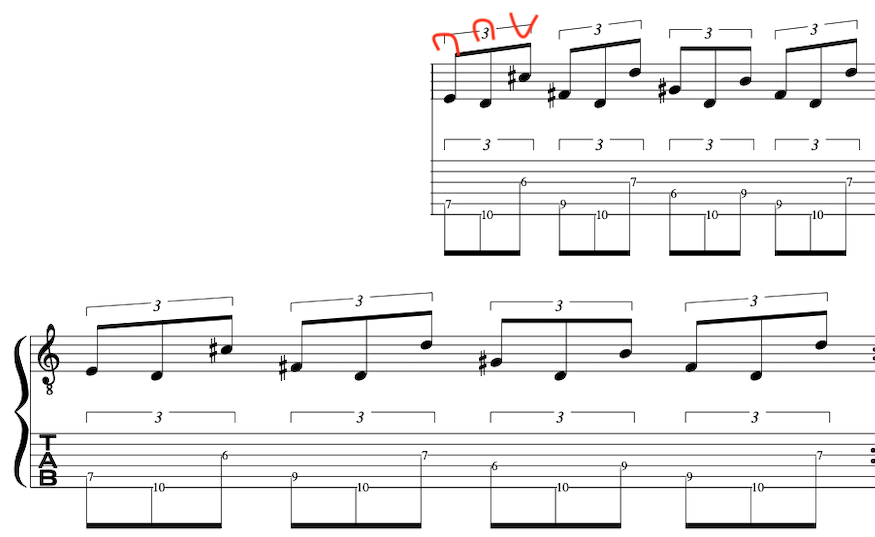
Full Exercise:
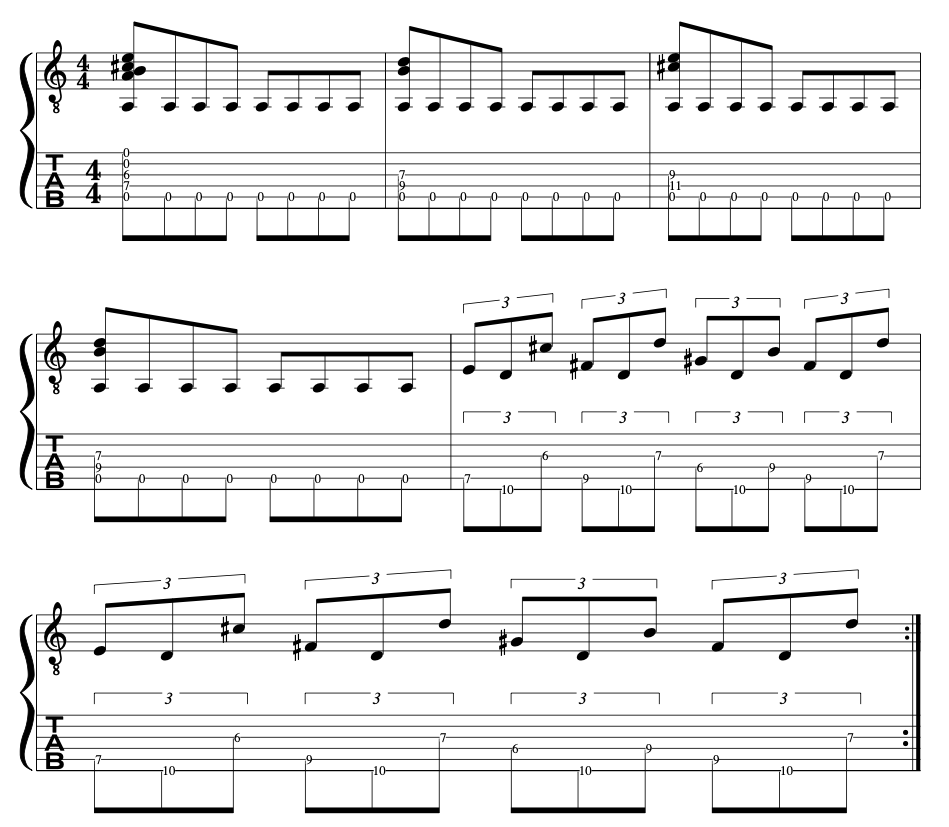
Free PDF DOWNLOAD:
IF THIS LESSON WAS OF USE TO YOU THEN PLEASE SUBSCRIBE TO US BELOW ON YOUTUBE, THANKS!



